Introduction
In the world of online shopping, the journey of your package from warehouse to doorstep is critical yet complex. Last-mile delivery, the final stretch of this journey, presents both challenges and opportunities for innovation. In this article, we'll explore the intricate landscape of last-mile delivery in e-commerce logistics. From traffic congestion to customer preferences, we'll dissect the hurdles faced by delivery services and highlight the innovative solutions driving the future of efficient, customer-centric delivery experiences. Join us as we unravel the mysteries and possibilities of last-mile delivery in the dynamic realm of e-commerce.
Challenges in Last-Mile Delivery
Last-mile delivery refers to the final step in the delivery process, which involves transporting goods from a local distribution center or warehouse to the customer's doorstep. Despite being the shortest distance, it presents several challenges. One major challenge is traffic congestion in urban areas, where delivery vehicles struggle to navigate crowded streets, leading to delays and inefficiency. This is further compounded by unpredictable factors like road accidents, construction, and weather conditions, making it difficult for businesses to meet customer expectations.
An additional challenge in last-mile delivery is the rising cost associated with the delivery process. As the volume of e-commerce continues to grow, businesses are faced with increasing expenses related to fuel, vehicle maintenance, and labor. Additionally, several deliveries in a small area can result in inefficient route planning, leading to wasted time and resources. Businesses must constantly find ways to optimize their last-mile delivery operations to minimize costs and maximize customer satisfaction.
Lastly, the issue of customer availability poses a challenge for last-mile delivery. Customers may not always be present at the delivery location or miss the delivery altogether. This leads to additional attempts to deliver the package or the need for customers to pick up their items from a nearby collection point, adding complexity and inconvenience. Businesses need to find innovative ways to ensure successful deliveries, such as allowing customers to schedule precise delivery times or providing alternative options like locker systems or pick-up points at convenient locations.
Overall, last-mile delivery faces challenges such as traffic congestion, rising costs, and customer availability. Overcoming these challenges requires efficient route planning, cost optimization strategies, and customer-centric approaches to ensure timely and convenient deliveries.
Transforming Last-Mile Logistics with Technology
Technology has played a crucial role in transforming last-mile logistics, making it more efficient, transparent, and customer-centric.
One key technological advancement in last-mile solutions is the use of route optimization software. With the help of algorithms and real-time data, these solutions can determine the most efficient routes for delivery drivers, minimizing travel time and fuel consumption. Additionally, these software programs can consider factors such as traffic congestion, weather conditions, and delivery time windows, ensuring timely and accurate deliveries.
Another technology that has revolutionized last-mile solutions is the use of GPS tracking systems. Integrated into both the delivery vehicles and the parcels themselves, GPS enables real-time tracking and monitoring of the entire delivery process. This allows customers to stay informed about their parcel's location and estimated delivery time, leading to increased transparency and customer satisfaction.
Furthermore, advancements in mobile technology have transformed last-mile solutions by empowering delivery drivers through mobile applications. These apps facilitate seamless communication between drivers and dispatchers, enabling real-time updates, address verification, and electronic signatures. It ensures efficient coordination, enhances productivity, and provides customers with up-to-date delivery information.
Overall, technology has significantly enhanced last-mile solutions by enabling route optimization, GPS tracking, and mobile applications. These innovations have brought greater efficiency, transparency, and customer satisfaction to the final stage of product delivery, ultimately improving the overall supply chain process.
Last-Mile Packaging Revolution
Innovative packaging for last-mile delivery refers to the development and utilization of creative and efficient packaging solutions to enhance the final leg of the delivery process. This involves exploring new packaging materials, designs, and technologies to ensure the safe and secure transportation of goods from the distribution center to the customer's doorstep.
One example of innovative packaging is the use of eco-friendly materials that are both lightweight and sturdy. This not only reduces the overall weight of the package, lowering transportation costs and carbon emissions, but also minimizes waste and promotes sustainability. Additionally, smart packaging solutions can be employed, incorporating technologies like sensors and GPS tracking, to monitor and optimize the delivery process. By utilizing these innovative packaging techniques, companies can streamline their last-mile operations, improve customer satisfaction, and contribute to a more environmentally-friendly supply chain.
E-commerce & Delivery: Efficient Partnerships
Collaborations between e-commerce giants and delivery services have become increasingly common in the world of online shopping. This partnership allows both entities to utilize their strengths and create more efficient last-mile delivery solutions. E-commerce giants have the advantage of a large customer base and efficient order processing systems, while delivery services have the expertise and infrastructure to manage quick and reliable deliveries. By working together, they can provide customers with faster delivery times and improve overall customer satisfaction.
Partnerships play a crucial role in overcoming the various challenges faced by companies in the last-mile delivery sector. These challenges include traffic congestion, unpredictable weather conditions, and the need for efficient route planning. By pooling their resources and expertise, companies can find innovative solutions to these challenges. For example, they might use advanced logistics technology to optimize routes and reduce delivery times, or they might employ drones or autonomous vehicles for faster and more efficient deliveries. By working together, companies can overcome these obstacles and provide a better experience for their customers.
Examining successful collaborations in the last-mile delivery industry can provide valuable insights and strategies for other companies looking to improve their own delivery processes. These collaborations often involve a deep understanding of customer needs and preferences, as well as a willingness to invest in technology and infrastructure. Companies need to prioritize customer satisfaction and continuously innovate to stay ahead in this competitive field. Successful collaborations can inspire other companies to find their own unique solutions and partnerships to improve their last-mile delivery capabilities.
Last-Mile Challenges: Urban vs. Rural
The last-mile challenge refers to the difficulty of efficiently delivering products and services to end consumers in both urban and rural areas. In urban areas, the main obstacle lies in navigating through congested traffic and finding parking spaces, which can lead to delayed deliveries. Urban environments also present complex logistics due to high-rise buildings and gated communities that may require extra steps to reach the final destination. Overall, the last mile in urban areas is often characterized by time-consuming routes and unpredictable hurdles.
In rural areas, the last-mile challenge is quite different. The main issue stems from the remote and scattered locations of households, making it economically unviable for delivery services to serve these areas. Long distances and limited infrastructure contribute to increased delivery costs, as well as extended delivery times. Additionally, extreme weather conditions such as heavy rains or snowstorms can further hinder the transportation of goods in rural areas. Altogether, the last mile in rural areas is challenging due to sparse populations and the vast geographical spread of households.
Both urban and rural areas also face common last-mile challenges related to the availability of trained personnel for delivery. Finding skilled drivers or delivery agents who are familiar with the local routes, regulations, and address systems can be a significant hurdle. In addition, ensuring customer satisfaction and providing timely updates about the delivery status is crucial but can be challenging in both settings. These challenges must be addressed to improve last-mile delivery services, enhance customer experiences, and streamline the process in both urban and rural areas.
Emerging Technologies in Last-Mile Logistics
Emerging technologies are revolutionizing the last-mile logistics industry by introducing innovative solutions to improve efficiency, speed, and convenience. One such technology is autonomous delivery vehicles, which are capable of navigating and delivering packages without human intervention. These vehicles are equipped with advanced sensors and artificial intelligence algorithms to safely maneuver through traffic and reach their destination. With autonomous delivery vehicles, logistics companies can reduce delivery costs, increase delivery speed, and enhance customer satisfaction.
Another emerging technology is in last-mile logistics drone technology. Drones have gained significant attention due to their ability to quickly and efficiently transport small parcels to customers' doorsteps. By flying over traffic congestion and taking direct routes, drones can significantly reduce delivery times and improve overall logistics efficiency. Moreover, drone delivery is particularly beneficial for delivering goods to remote or inaccessible areas, making it an attractive option for both urban and rural regions.
Blockchain technology is also making its way into the last-mile logistics sector. Blockchain provides a decentralized and transparent platform for tracking and managing goods throughout the delivery process. By leveraging smart contracts and secure digital ledgers, logistics companies can ensure the authenticity, traceability, and security of packages. Blockchain also offers efficient dispute resolution mechanisms, reducing delays and improving trust between parties involved in the logistics process.
Overall, these emerging technologies are transforming last-mile logistics by introducing faster, safer, and more reliable delivery methods.
Conclusion
In conclusion, last-mile delivery solutions are revolutionizing the e-commerce logistics industry. By addressing challenges and embracing innovations, such as drones and autonomous vehicles, companies can ensure efficient and timely delivery of goods to customers. It is crucial to maintain a balance between efficiency, sustainability, and customer satisfaction in order to maximize the benefits of these solutions. As technology continues to advance, it is essential for companies to stay updated and adapt to the changing landscape to remain competitive in the market. Overall, last-mile delivery solutions play a crucial role in enhancing the overall e-commerce experience for customers.
Frequently Asked Questions (FAQs)
Q1. What is the significance of last-mile delivery in e-commerce?
Last-mile delivery is the final stage in the e-commerce supply chain, directly impacting customer satisfaction and overall operational costs.
Q2. How are companies addressing the challenge of traffic congestion in last-mile delivery?
Companies utilize GPS tracking, route optimization, and innovative transportation modes to tackle traffic congestion.
Q3. What role does customer feedback play in improving last-mile delivery services?
Customer feedback serves as a valuable tool for identifying areas of improvement and implementing changes to enhance service quality.
Q4. Are there any successful collaborations between e-commerce giants and delivery services in last-mile logistics?
Yes, many e-commerce giants collaborate with specialized doorstep delivery services to streamline last-mile operations and improve efficiency.
Q5. What are the future trends in last-mile delivery technology?
Future trends include advancements in AI, robotics, sustainable practices, and a continued focus on enhancing customer experiences.
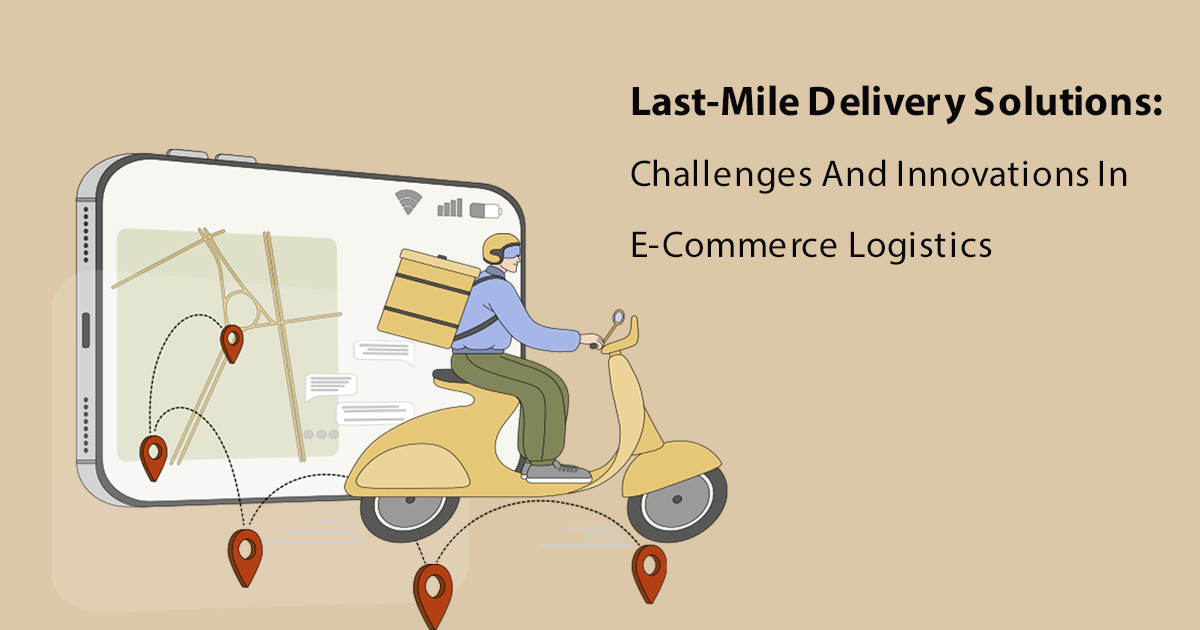
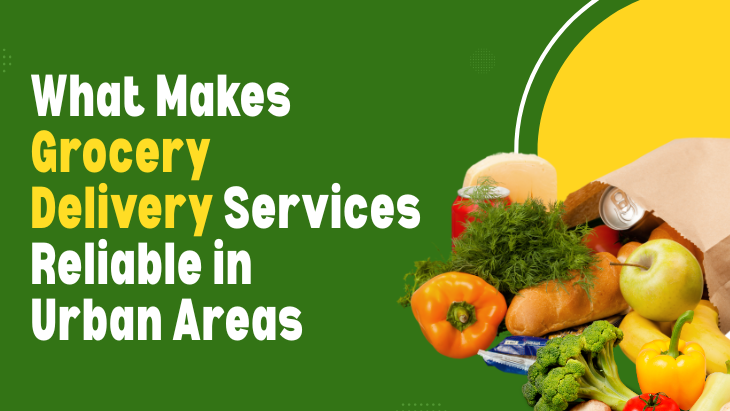
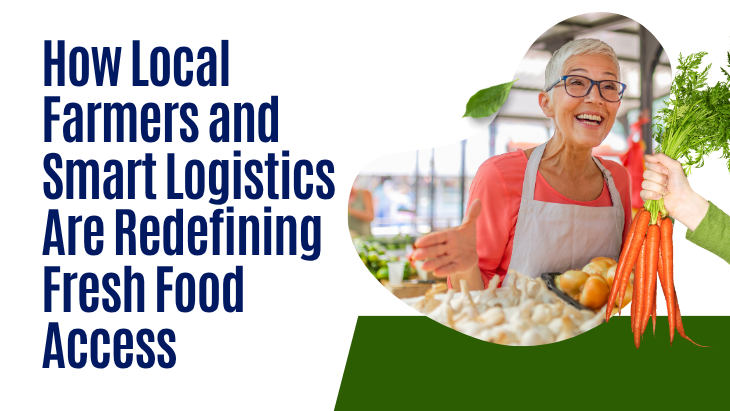
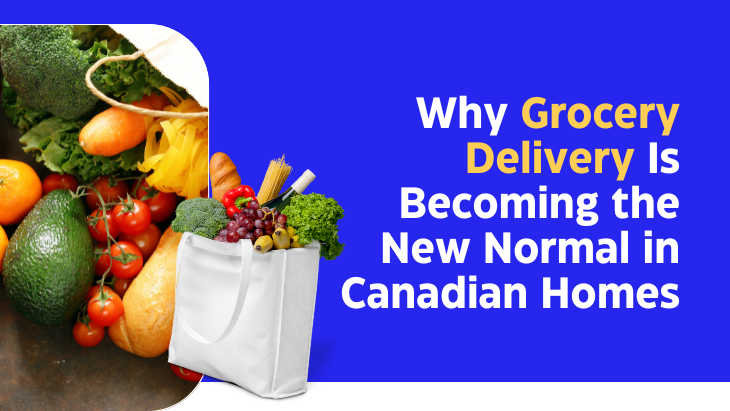
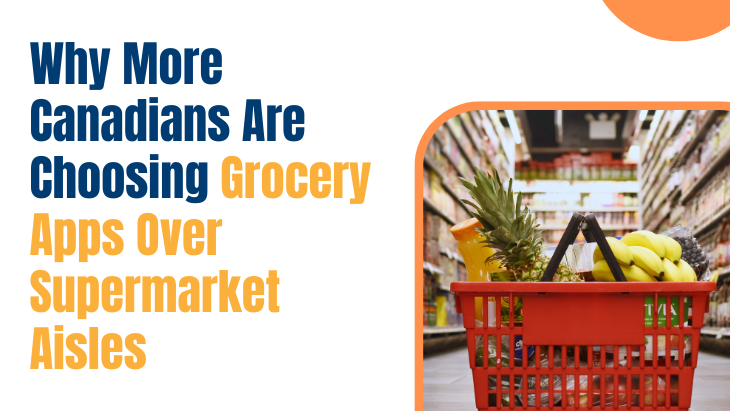


Post Comments